Porsche reveals Mission X study
Porsche has revealed Mission X, a study of an all-electric hypercar, to mark the company’s 75th anniversary. Statements from Porsche on the possible road approval of the model suggest the two-seater with gullwing doors is likely to be more than just a design concept.
The German sportscar maker has only revealed a few technical details for the Mission X study. The two-seater measures 4.5 x 2.0 x just under 1.2 metres – with a wheelbase of 2.73 metres. The battery, which has not been specified in detail, is installed behind the seats in accordance with the so-called e-core layout to “centre the mass in the vehicle”, which is supposed to provide the basis for “outstanding agility”.
The Mission X should be able to charge about twice as fast as Porsche’s current front-runner, the Taycan Turbo S thanks to 900-volt system architecture. The aforementioned Taycan charges up to 275 kW; ergo, the new hypercar is supposed to advance into the range beyond 500 kW in terms of charging power. Porsche also indicates performance, with the Mission X said to have a power-to-weight ratio (horsepower to kilograms) of 1:1, significantly outperforming the drive figures of the current Porsche 911 GT3 RS.
Porsche appears to be deliberately fuelling speculation about the study’s market launch, writing that, for example, “If the Mission X were to go into series production, it would be the fastest road-legal vehicle on the Nürburgring-Nordschleife”. The luxury carmaker also disguises the above-mentioned references to performance and charging power with the condition “If the Mission X went into series production…”.
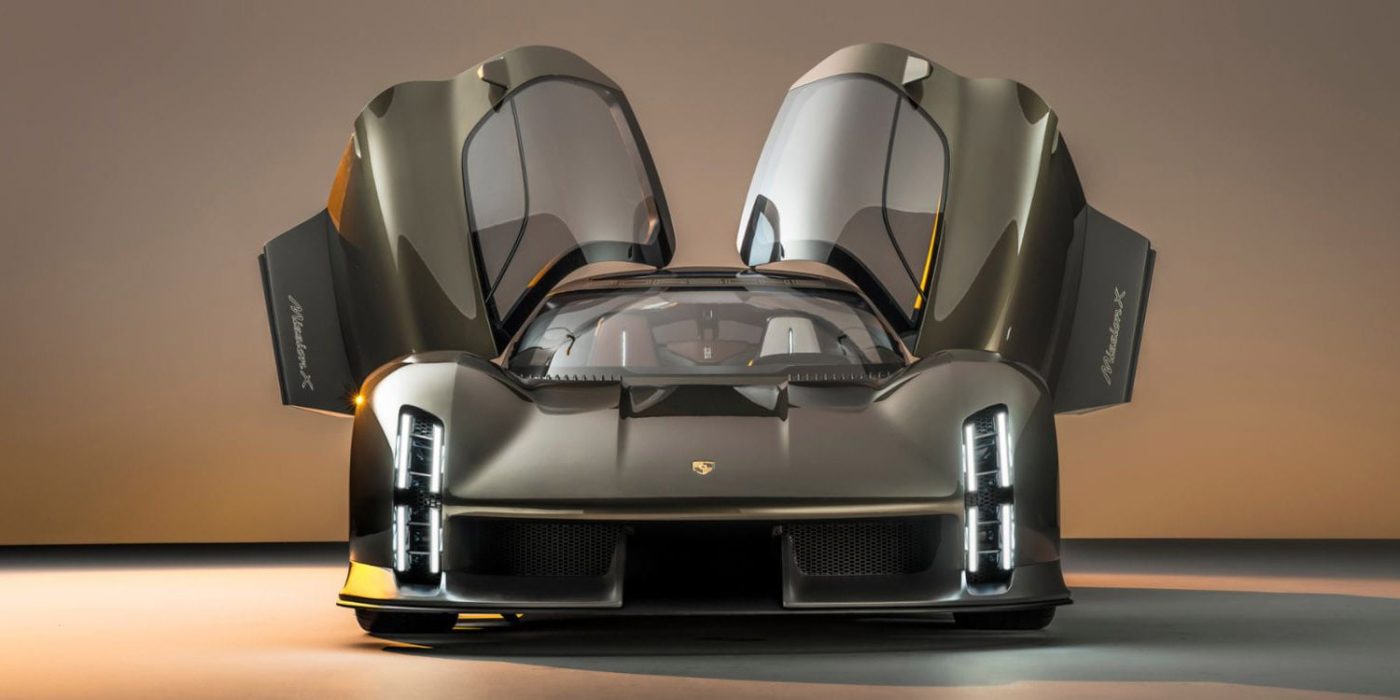
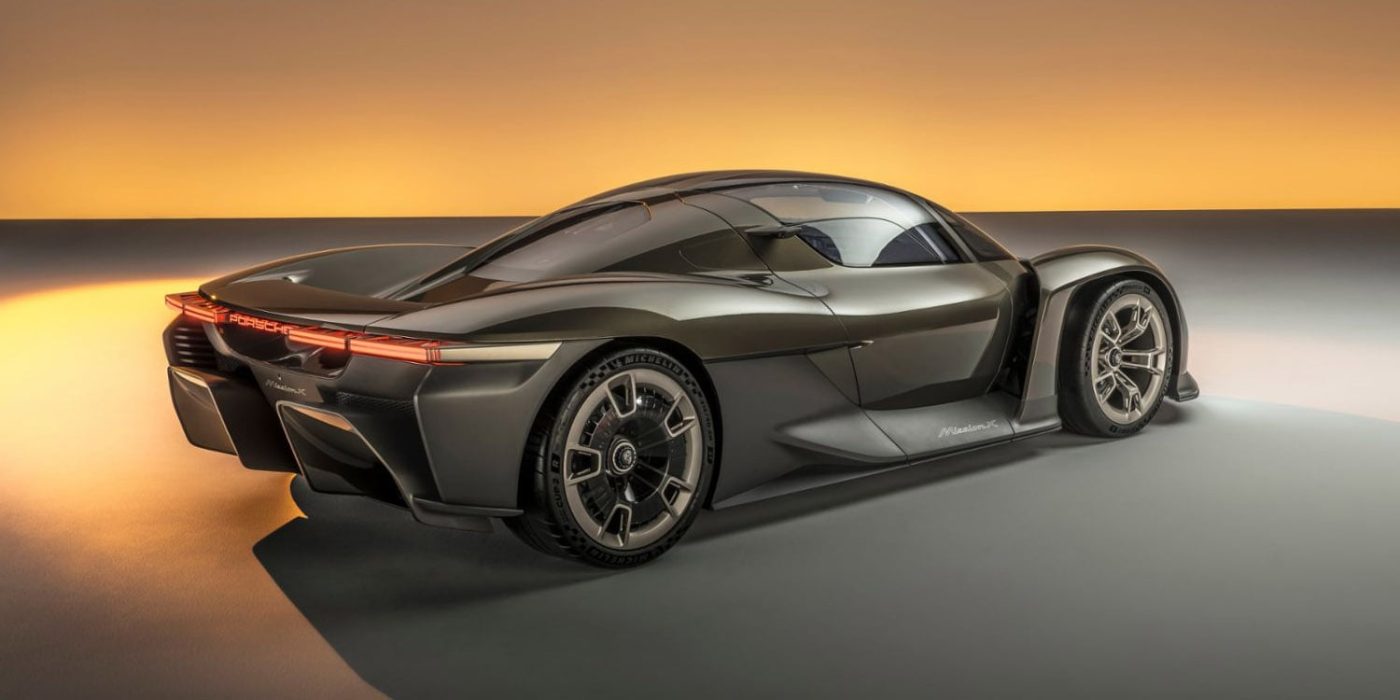
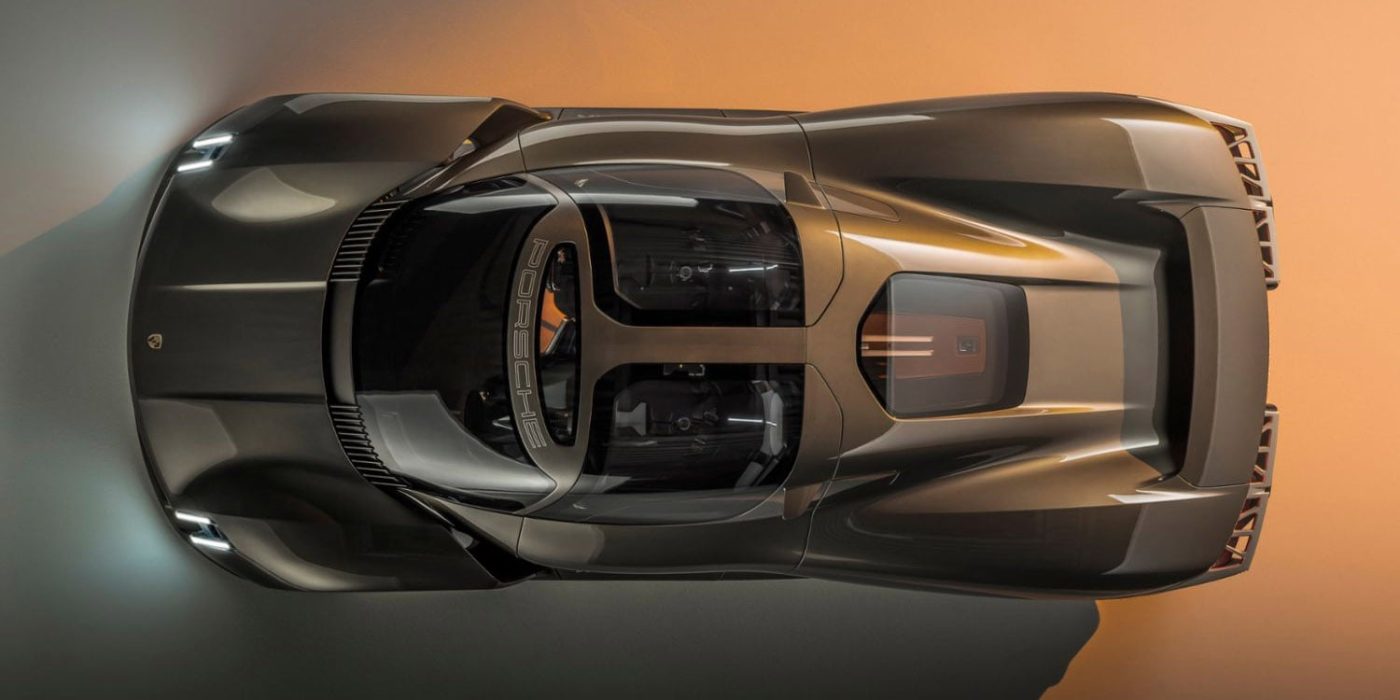
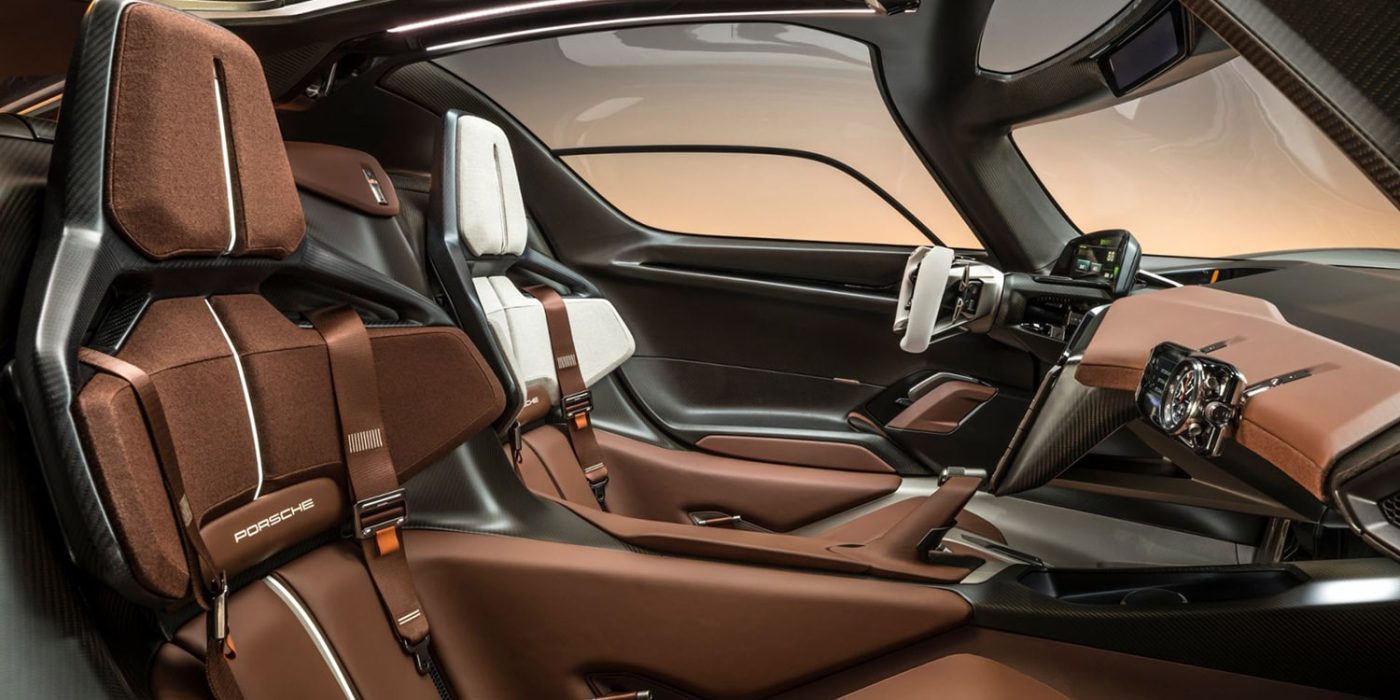
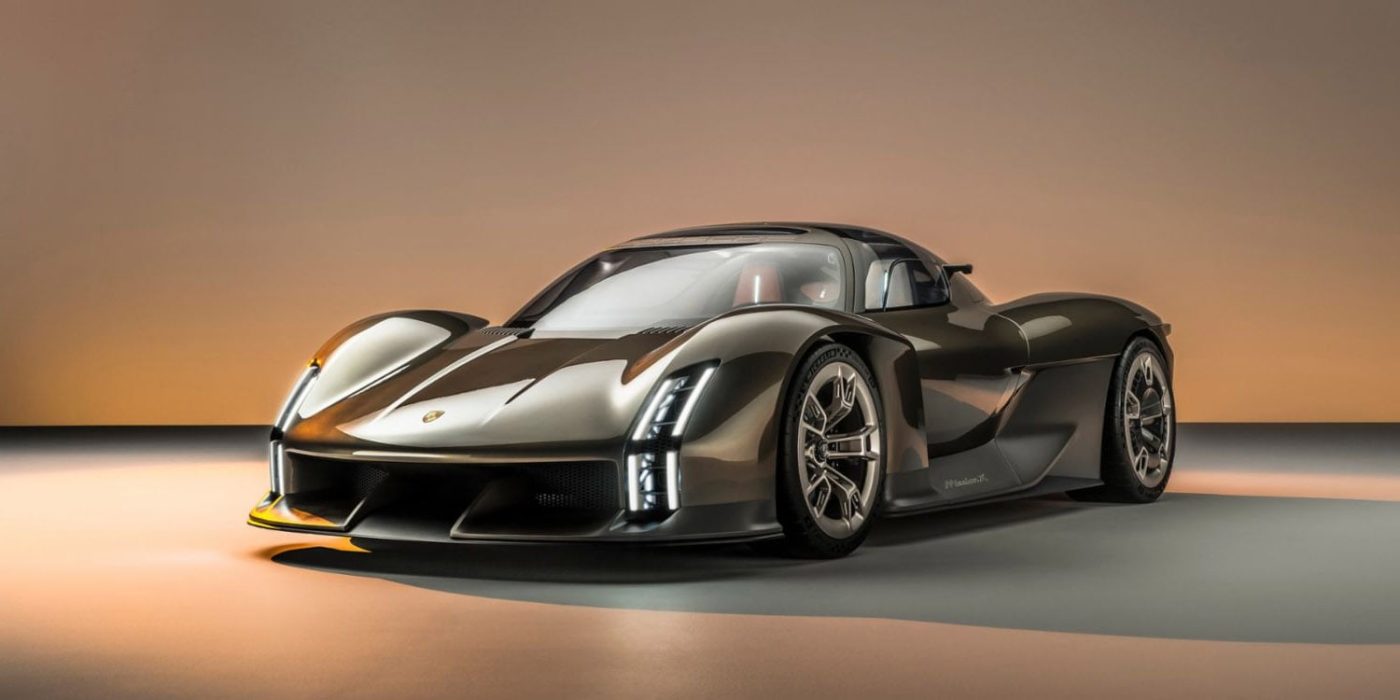
The publication Auto, Motor, Sport interprets the reference to “the fastest road-legal vehicle” to mean that there is likely to be a production version of the hypercar and reports that on the fringes of the anniversary event. During the presentation of the model, the carmaker said that Mission X will be able to accelerate to 100 km/h in less than 1.9 seconds. This, in turn, is a sign that Porsche is progressing with development at Customcells in the German town of Tübingen. The Cellforce & Porsche joint venture, the Cellforce Group, is known to be working on high-performance batteries. Auto, Motor, Sport writes that Porsche has not yet decided on using these cells in Mission X.
The materials to be used in Mission X consist of a lot of carbon fibre. As special interior features, Porsche names seat shells made of carbon fibre integrated into the monocoque, gullwing doors attached to the A-pillar and the roof, a steering wheel open at the top in motorsport style and mixed tyres in the form of 20-inch wheels on the front and 21-inch wheels on the rear axle. The concept study is meant to symbolise a symbiosis of clearly recognisable motorsport DNA with a luxurious overall impression.
Commenting on the unveiling of Mission X, Oliver Blume, Chairman of the Executive Board of Porsche AG, said: “The Porsche Mission X is a technology beacon for the sports car of the future. It picks up the torch of iconic sports cars of decades past: like the 959, the Carrera GT and the 918 Spyder before it, the Mission X provides critical impetus for the evolutionary development of future vehicle concepts.” He concluded, “Daring to dream and dream cars are two sides of the same coin for us: Porsche has only remained Porsche by constantly changing.”

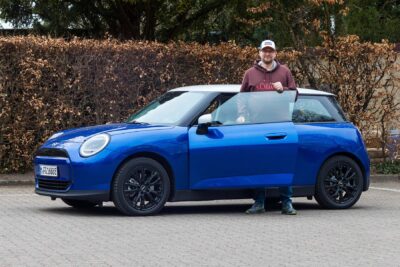
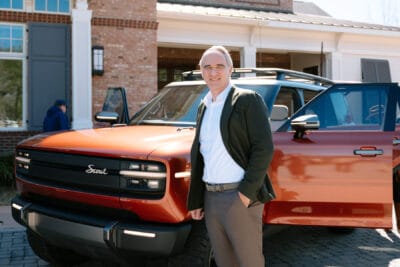
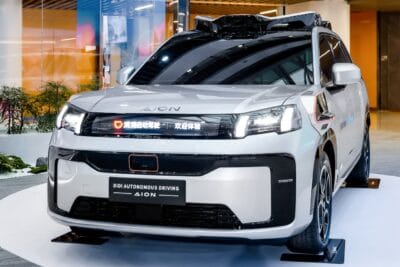
1 Comment